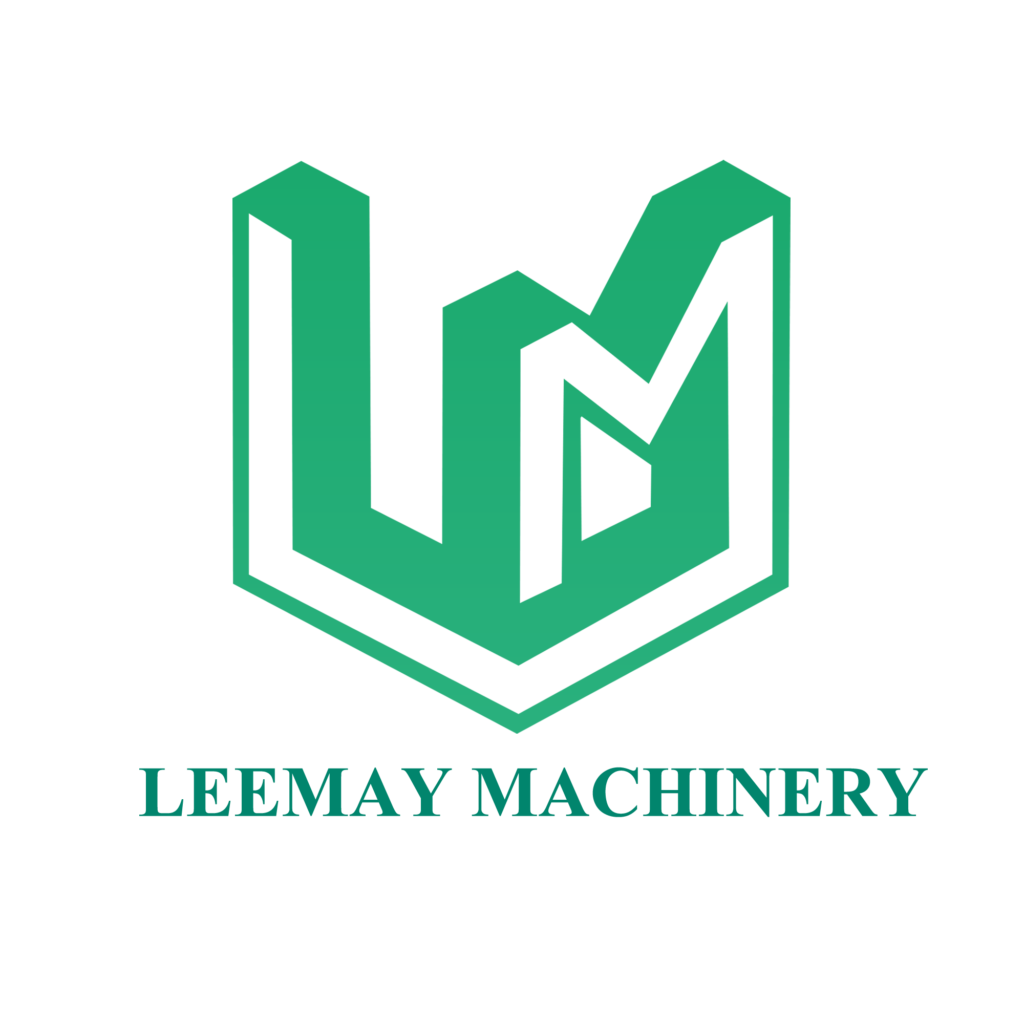Not all river pebble sand production delivers the same results — while some aggregates sell at a premium, others struggle due to poor quality. The key difference often lies in particle shape and wear part performance. Shape determines the “appearance” and mechanical strength of the aggregate, while wear parts affect production efficiency and cost. Together, they define the market competitiveness of river pebble aggregates.
Today, Leemay Machinery shares insights on these two essential aspects.
1. Particle Shape — More Than Just “Good Looking,” It’s the Lifeline of Aggregate Performance
For river pebble aggregates, particle shape is far more than smoothness. It’s a key factor influencing concrete strength, workability, and construction efficiency.
According to national standards, the flakiness index for concrete aggregates must be ≤15%. Aggregates with rounded shapes and continuous grading can improve concrete fluidity by over 20%, reduce cement consumption, and lower overall project costs.

Three Key Factors That Affect Pebble Aggregate Shape
- Improper Equipment Selection:
Using an impact crusher to process high-hardness river pebbles (Mohs hardness 7) may result in insufficient impact force, leading to “torn” particles and excessive flakiness. Similarly, a poorly designed fine crusher chamber can cause over-compression and irregular fragments. - Flawed Process Design:
Skipping the medium-crushing and shaping stage results in uneven raw feed sizes and inconsistent shaping. Some lines lack dedicated shaping machines, producing aggregates with insufficient roundness. - Incorrect Parameter Settings:
Selecting the wrong crushing mode (“rock-on-rock” vs. “rock-on-iron”) for a VSI impacts both particle roundness and metal contamination. Speed settings also matter — too high causes over-crushing, too low reduces shaping efficiency.
Four Practical Solutions for Better Particle Shape
- Choose the Right Equipment Configuration:
The optimal setup is Jaw Crusher + Cone Crusher + VSI Sand Maker. The cone crusher performs primary shaping, while the VSI further refines the aggregate. Flakiness can be kept below 8%. - Fine-Tune VSI Parameters:
For river pebbles, use the rock-on-rock mode, maintain feed at 80–90% of rated capacity, and adjust rotor speed (e.g., 1800–2000 r/min for 1–3 mm sand). - Add a Shaping Stage for Premium Sand:
For high-end applications such as precast components or railway concrete, an additional vertical impact shaping stage improves roundness and reduces fines. - Optimize Screening and Grading:
Use a four-layer vibrating screen to separate aggregates into precise size ranges (0.15–1 mm, 1–3 mm, 3–5 mm), ensuring consistent grading and shape uniformity.
2. Wear Parts — The Hidden Lever for Cost Control (Save up to 30%)
River pebbles are extremely hard, causing fast wear of crusher components such as jaw plates, concaves, and impellers. Wear parts often account for 25–40% of production costs. Choosing the right materials can extend part life and increase uptime.
Three Core Wear Parts and Selection Tips
- Jaw Plates:
- High-manganese steel for pebbles ≤ Mohs 7 (1–2 months lifespan).
- Alloy steel with chromium and molybdenum for quartz-rich pebbles (50% longer lifespan).
Always match plate size to crusher model to prevent leakage and uneven wear.
- Cone Crusher Liners (Concave & Mantle):
Opt for high-chromium cast iron with a segmented design — individual parts can be replaced, cutting change costs by 30%. Maintain a 5–10 mm gap for optimal crushing and reduced secondary load. - VSI Wear Parts (Impeller, Shield, Throwing Head):
The throwing head wears fastest (every 20–30 days).
Choose tungsten carbide alloy (3–5× wear life) and modular designs where only worn heads are replaced, reducing cost and downtime.
Three Practical Strategies to Lower Wear Costs
- Avoid the “Low-Price Trap”:
Cheap wear parts often have insufficient manganese and may fracture, damaging the main shaft. Choose reputable brands and request a wear-life warranty. - Maintain Regularly:
- Replace jaw plates when worn to one-third of original thickness.
- Install magnetic separators to prevent metal impurities from damaging impellers.
- Use wear-resistant lubricants for cone crushers (replace every 200 hours).
- Customize for Your Material:
- For pebbles with >5% clay, use anti-adhesion coatings.
- For frequent size adjustments, use adjustable liners with bolt-based gap control.
Core Coordination Strategy
- Match wear parts to material hardness.
- Monitor shape data to plan replacements (e.g., rising flakiness may indicate worn throwing heads).
- Link shape quality and wear consumption to performance KPIs.
High-Quality River Pebble Aggregates = Smart Process + Durable Parts + Precise Control
Particle shape optimization starts with correct equipment, parameter tuning, and process design.
Wear part management requires moving beyond “low-cost thinking” — by using quality materials, proper maintenance, and customized parts, you can reduce overall costs while keeping product quality stable.
📞 For complete river pebble crushing line design and quotation, contact Leemay Machinery today!

Leave a Reply